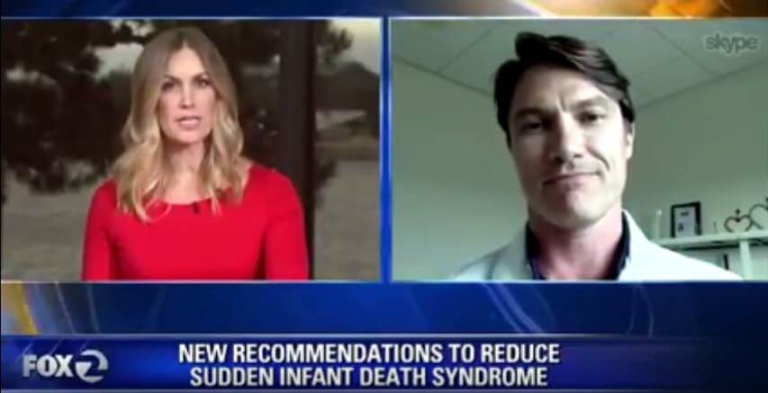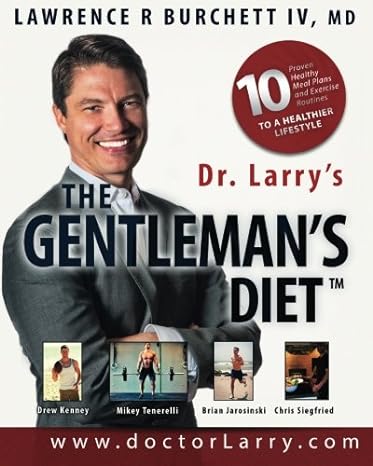6 Ways You Can Help Protect Your Infant from SIDS

[cs_content][cs_section bg_color=”hsl(0, 0%, 100%)” parallax=”false” separator_top_type=”none” separator_top_height=”50px” separator_top_angle_point=”50″ separator_bottom_type=”none” separator_bottom_height=”50px” separator_bottom_angle_point=”50″ style=”margin: 0px;padding: 45px 0px;”][cs_row inner_container=”true” marginless_columns=”false” style=”margin: 0px auto;padding: 0px;”][cs_column fade=”false” fade_animation=”in” fade_animation_offset=”45px” fade_duration=”750″ type=”2/3″ style=”padding: 0px;”][x_custom_headline level=”h1″ looks_like=”h1″ accent=”false”]6 Ways You Can Help Protect Your Infant from SIDS[/x_custom_headline][cs_text]Reviewed & Approved by Dr. Larry
[dropcap]T[/dropcap]he American Academy of Pediatrics recently issued new recommendations for the prevention of SIDS, or Sudden Infant Death Syndrome. As an ER doctor and a father of a 6-year-old girl, here’s what I think you should know about these new guidelines.[/cs_text][x_video_player type=”16:9″ src=”https://youtu.be/y4MyKQBinMg” hide_controls=”false” autoplay=”false” no_container=”false” preload=”none” advanced_controls=”false” muted=”false” loop=”false” poster=””][cs_text]
What is SIDS?
Sudden Infant Death Syndrome (SIDS), or crib death, is when an infant dies suddenly for an unknown reason. That is, after an autopsy, we do not detect any trauma or infection, like pneumonia or meningitis.
This is the number one cause of death in children between1 month and 1 year of age. In 2014, 1,400 children died of SIDS, according to the Centers for Disease Control. That’s a rate of about 1 in 1,000.
Because it’s the number one cause of death for this age group, this is the greatest risk to children under 1 year old — and parents and doctors should do everything we can to prevent it.
The New Guidelines
While there are still many unknowns surrounding SIDS, the AAP is hopeful that these new recommendations could potentially help reduce the risk.
Below, find a few of the most important recommendations offered by the pediatricians. You can also read the AAP’s full report here.
- Room-Sharing: Several studies have come out that show that sleeping in the same room as your infant could help reduce the risk of SIDS. Note that room-sharing is not bed-sharing, which is generally not recommended.
- Crib Space: It is important for babies to sleep in their own crib, on a firm surface with tight-fitting sheets and no loose blankets, bedding, stuffed animals, or anything else surrounding them.
- No Soft Surfaces: Babies should never be placed on a soft surface, such as an armchair or couch. These surfaces have been shown to be hazardous to young infants.
- Sleeping Position: A baby should always be placed on his or her back to sleep, rather than on the stomach or side.
- Breastfeeding: Pediatricians say that breastfeeding could reduce the risk of SIDS.
- Pacifiers: Sleeping with a pacifier may have a protective effect against SIDS, even if the pacifier falls out of the infant’s mouth.
Other risk factors for SIDS include young maternal age, smoking during and after pregnancy, and late or no prenatal care. Babies who are born prematurely or with a low birth weight may also be at increased risk for the syndrome.
These new findings could help save lives — and many of the AAP’s recommendations are easy steps that new parents can take today. Sharing a room with your infant may even prove to be more convenient during those frequent late-night feedings.[/cs_text][x_gap size=”50px”][/cs_column][cs_column fade=”false” fade_animation=”in” fade_animation_offset=”45px” fade_duration=”750″ type=”1/3″ style=”padding: 0px;”][x_widget_area sidebar=”sidebar-main” ][x_widget_area sidebar=”ups-sidebar-adoption-services” class=”man”][/cs_column][/cs_row][cs_row inner_container=”true” marginless_columns=”false” style=”margin: 0px auto;padding: 0px 0px 30px;border-style: solid;border-width: 1px;”][cs_column fade=”false” fade_animation=”in” fade_animation_offset=”45px” fade_duration=”750″ type=”1/1″ style=”padding: 0px;”][cs_text]
Featured Content
[/cs_text][/cs_column][/cs_row][/cs_section][cs_section parallax=”false” separator_top_type=”none” separator_top_height=”50px” separator_top_angle_point=”50″ separator_bottom_type=”none” separator_bottom_height=”50px” separator_bottom_angle_point=”50″ style=”margin: 0px;padding: 20px 0px 0px;”][cs_row inner_container=”true” marginless_columns=”false” style=”margin: 0px auto;padding: 0px;”][cs_column fade=”false” fade_animation=”in” fade_animation_offset=”45px” fade_duration=”750″ type=”1/1″ style=”padding: 0px;”][ess_grid alias=”featured_content”][/cs_column][/cs_row][/cs_section][/cs_content]


